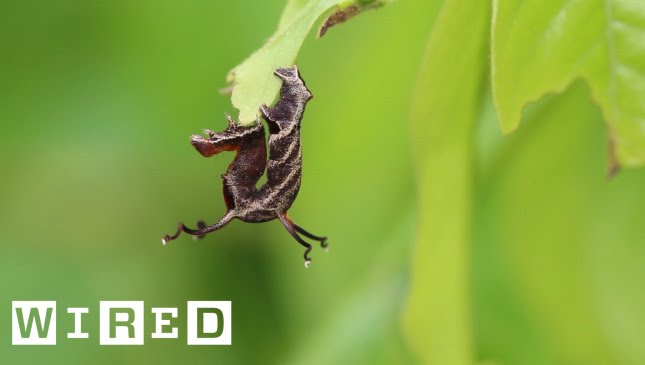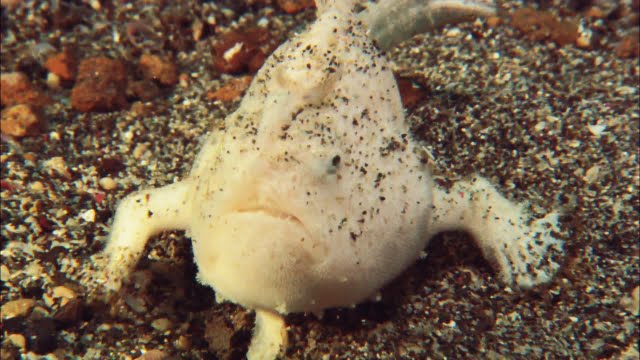The Secret Life of Garden Eels
Summary
Garden eels are a type of eel that lives in the ocean floor and feeds on plankton. They have a unique way of hiding from predators by burrowing into the sea floor and excreting a goo that cements into a tube. Thousands of these eels can gather in one patch of sea floor and face the same direction to catch the tiny animals floating in the ocean’s current.
Table of Contents
- Introduction
- What are Garden Eels?
- How do Garden Eels Feed?
- How do Garden Eels Protect Themselves?
- Can Garden Eels Live in Captivity?
- Conclusion
Introduction
The ocean floor is a fascinating place filled with bizarre creatures. One of those strange sea creatures is the garden eel. You might have seen a video of a patch of sand on the sea floor turning into a wriggling mass of eels. In this article, we’ll be discussing these peculiar creatures in detail.
What are Garden Eels?
Garden eels are a type of eel that live in burrows on the ocean floor. They are mostly found in the Indo-Pacific region at depths ranging from 10 to 40 meters. They got their name because of their tendency to group together in large numbers, creating the appearance of a garden.
Garden eels are relatively small, ranging from 30 to 90 cm in length, and they have an elongated body that is around the width of a pencil. They are generally a pale, sandy color, which helps them blend in with their environment.
How do Garden Eels Feed?
Garden eels are plankton feeders, and they spend most of their time in their burrows. As they are not able to move around freely, they rely on the ocean’s current to bring food to them. While in their burrows, garden eels look like a bunch of spaghetti that’s waving around in the wind, but they’re actually quite efficient at catching their prey. They do this by rapidly extending their bodies into the water column, where they can snag tiny planktonic animals with their small, puckered mouths.
How do Garden Eels Protect Themselves?
Garden eels have a unique way of protecting themselves from predators. Because they spend most of their time in their burrows, they need to make sure that they don’t collapse. To keep the burrow intact and prevent it from caving in, garden eels secrete a goo that cements into a tube around them.
If a predator approaches, garden eels can fully retreat into their burrows, where they are safe. Additionally, garden eels are highly sensitive to vibrations and are constantly on the lookout for predators. If they sense danger, they will quickly retreat into their burrows, using their highly muscular tails to anchor themselves in place.
Can Garden Eels Live in Captivity?
Garden eels can live in captivity, but they are typically not suitable for home aquariums. Unlike most other fish, they don’t swim around, and they need a sandy substrate to burrow into. They also need a constant flow of current to bring food to them. These requirements make it difficult to keep garden eels in a home aquarium.
That being said, garden eels can be found in some public aquariums around the world. If you’re lucky enough to visit one of these aquariums, be sure to look for the garden eels. They are fascinating creatures to watch as they go about their daily routine of burrowing and feeding.
Conclusion
Garden eels may look like a collective nightmare, but they are harmless creatures that play an important role in their ecosystem. They are fascinating creatures with unique ways of catching food and protecting themselves from predators. Although they may not be suitable for home aquariums, you can still observe these fascinating creatures in public aquariums around the world.






